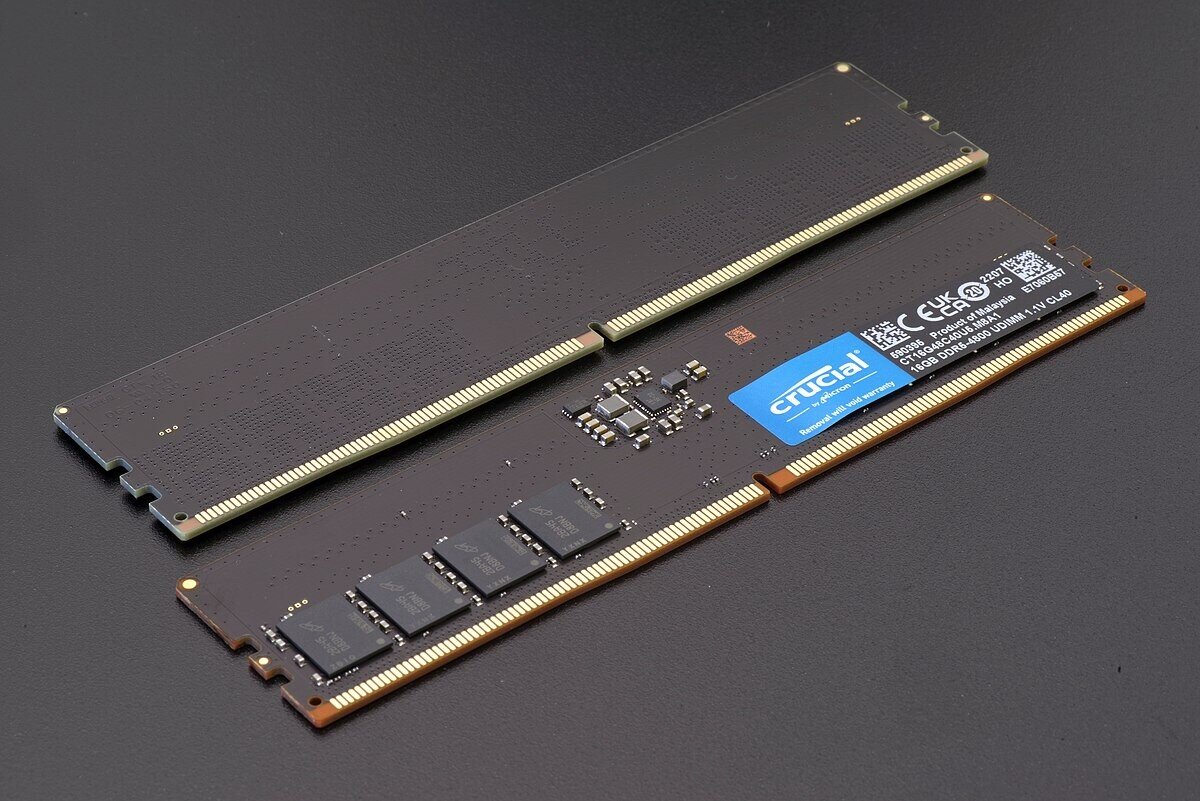
With the new platform, Intel will complete the transition from the previous memory type to the new one, leaving the current platform with the LGA1700 socket to provide support for both memory standards. It should be noted at this point that the LGA1700 platform has been and will continue to be suitable for three generations of Intel Core processors (from the 12th to the 14th generation). User of the social network X, formerly known as Twitter, leaf_hobbyA reliable source of Intel product information and leaks claims that the LGA1851 socket will be the basis for Intel’s desktop platform by 2026.
The LGA1851 socket is expected to debut with the company’s generation of Core desktop processors that will succeed the 14th generation, codenamed “Raptor Lake Refresh”. The LGA1851 socket has the same dimensions as the LGA1700 and is expected to be compatible with cooling systems currently compatible with the existing solution.
The slot will contain pins for up to 32 PCIe lanes, 16 for the PEG signal (PCI Express Graphics), 8 for the chipset’s DMI bus, and 2 sets of 4 for NVMe storage media directly attached to the processor. Of the aforementioned lanes, 16 lanes are expected to be for PEG and a further 4 lanes are expected to be PCI Express Gen5 while the DMI bus is expected to remain for the PCIe Gen4 x8 chipset. The second NVMe slot connected to the CPU is also expected to be PCIe Gen4. The socket can also feature an upgraded graphics I/O as next-generation Intel Core processors are set to house more powerful and updated iGPUs.
-
1
-
2

“Total alcohol fanatic. Coffee junkie. Amateur twitter evangelist. Wannabe zombie enthusiast.”







More Stories
Is this what the PS5 Pro will look like? (Image)
Finally, Windows 11 24H2 update significantly boosts AMD Ryzen – Windows 11 performance
Heart Surgeon Reveals The 4 Things He ‘Totally Avoids’ In His Life